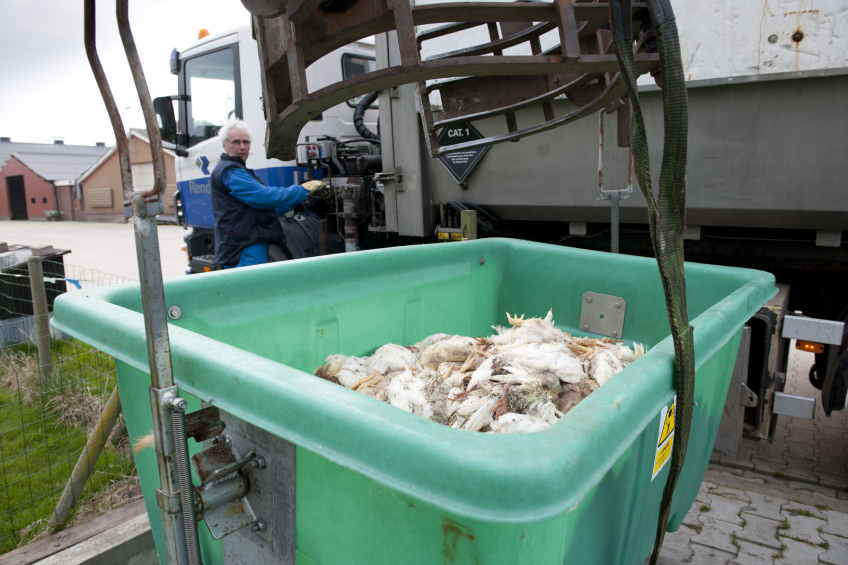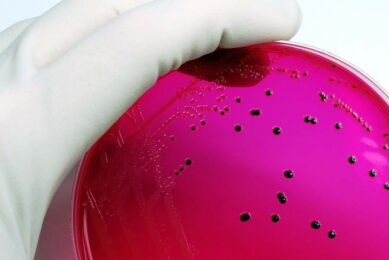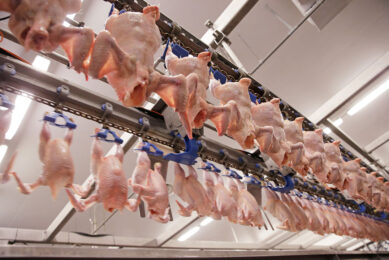Assessing Salmonella typhimurium persistence

Composting of poultry carcasses is a common practice during normal mortality and whole flock disposal. Several studies focusing on poultry carcass composting are currently available describing the temperature and moisture dynamics essential for composting.
Survival of zoonotic pathogenic microorganisms under composting conditions is less understood because of multiple controlling parameters associated with composting (ambient temperature, water activity, pH, ammonia concentration, how the compost is mixed, and differences in the microbial ecology of the substrate material). Therefore, an improved understanding of pathogen reduction during composting is required to optimise standard operating procedures associated with poultry carcass composting. As broiler breeders and layer hen flocks go out of production, carcass composting is considered the most economical and practical way to depopulate those flocks and facilitate transformation of dead poultry into a value added product (i.e. compost).
Mitigation of Salmonella associated with poultry carcasses is primarily accomplished by rendering or carcass composting. While rendering temperatures and pressures are well established for pathogen inactivation in poultry carcasses, parameters controlling composting processes are less defined in part because multiple conditions and procedures are utilised. Consequently, limited knowledge exists describing the impacts of composting with varying temperature and mixing protocols with respect to the inactivation of Salmonella in poultry carcasses. Therefore, the impact of various composting temperatures (55, 62.5◦C) and low-rendering (i.e. pasteurisation) temperatures (70, 78◦C) on Salmonella Typhimurium was investigated. A bench-top setting with a ground carcass slurry and whole birds under different mixed and non-mixed conditions was used. Results showed that the ground carcass slurry and the whole carcass exposed to temperatures consistent with composting had no detectable Salmonella after 110 h with a level of detection of one CFU/mL of ground carcass slurry and one CFU/g of whole carcasses, respectively. In addition, grinding of carcasses as opposed to whole carcasses was more predictable with respect to Salmonella heat inactivation. Furthermore, results showed that constant mixing decreased the overall time required to eliminate Salmonella under composting and low-rendering temperatures.













